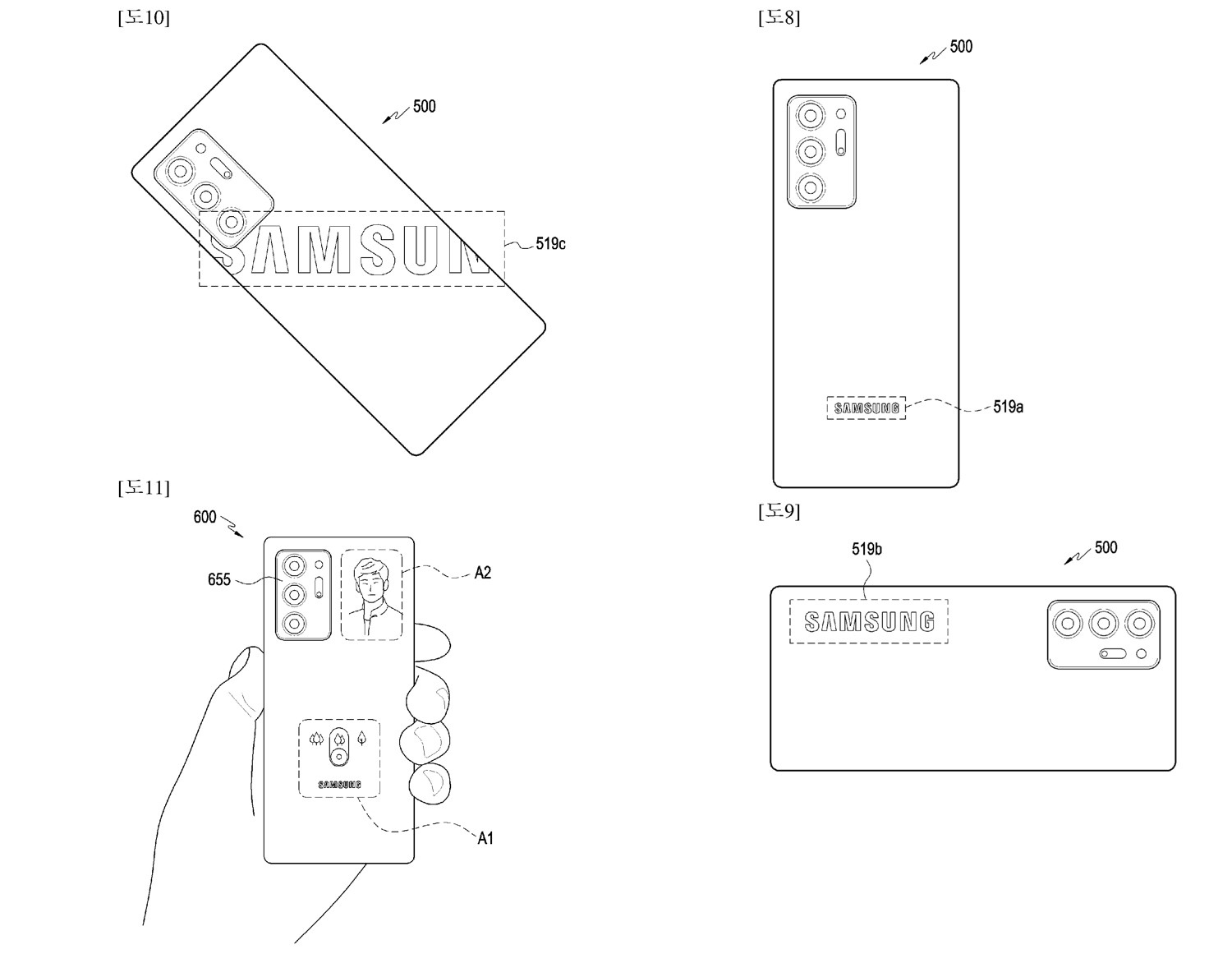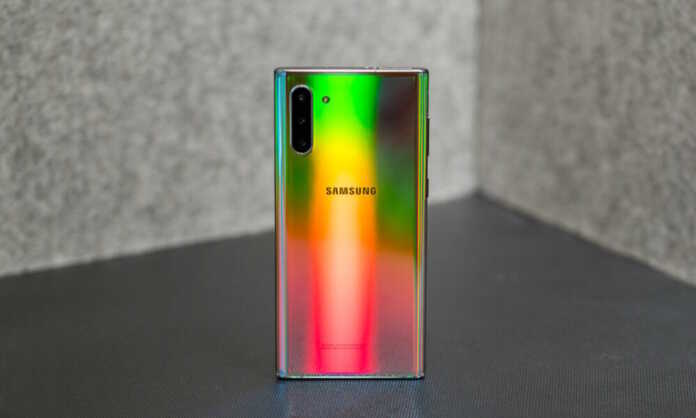Samsung In January of this year, he filed a patent with the World Intellectual Property Organization (WIPO/WIPO), which was published last week. It describes a new smartphone format that appears to be quite standard, but whose back is actually covered by what would be an invisible secondary screen.
It is important to keep in mind that companies tend to patent many times in order to keep other companies from stepping on them, so it is likely that Samsung will not launch any device based on the patent in the medium and long term. On the other hand, the YotaPhone already implemented this concept years before by adding an electronic ink panel and the Xiaomi Mi 11 Ultra incorporated a mini-screen on the back.
Seen this way, it seems that Samsung has stepped on things that were already invented with its new patent, but the reality is that the South Korean giant’s proposal has an important nuance that differentiates it from the competition (which in turn almost every brand has proposed something different), and it is the fact that, as we have already said, the rear screen is invisible, especially if it is not in use, because it would be transparent.
Said rear screen, which is possibly OLED (and that is if Samsung releases a device based on the patent), could show system controls, notifications, popups, camera viewers and other things. In the patent image you can see that the elements do not have to occupy the entire rear screen, but then we will have to see how that looks when it is transferred to reality.

The smartphone with an invisible rear screen patented by Samsung could help the use, for example, of the rear camera for taking selfies, which would jeopardize having a front and a rear camera as the latter could be used for all purposes. Secondly, it may raise privacy issues due to the possible inadvertent display of data through the rear screen if it is not covered correctly with the hand when using the smartphone, so the company may have to consider additional protections such as limiting the viewing angle.
Smartphones try to reinvent themselves after being, for a long time, basically the same but better. Although they are still not a mass phenomenon, folding smartphones are gradually gaining users, so Samsung’s proposal, which would lead to a device that would not be flexible, may be the next big thing in the not too distant future.













